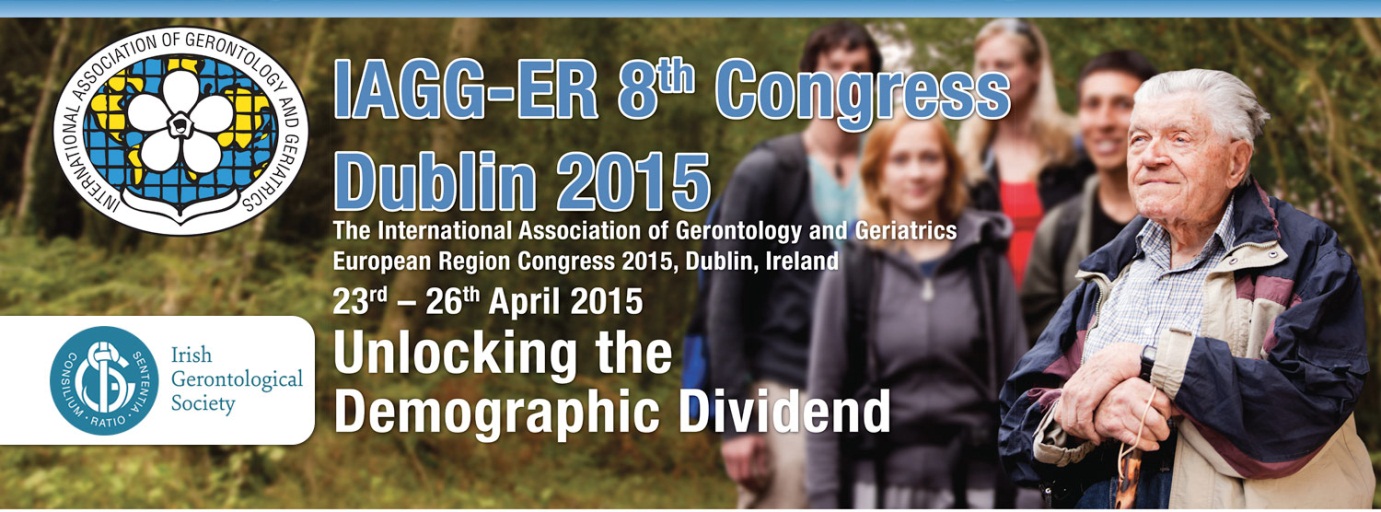 Raising awareness of dementia has been a key part of the last three years of BUDIs work. This week we held our 4th annual public open meeting to coincide with national Dementia Awareness Week. The highlight for me was our carer and person with dementia panel where participants from some of our projects spoke about their experiences of living with dementia in the community and the impact our initiatives have had on their lives, in particular the BUDI orchestra. I concur with the comment of one attendee that “The carers panel was thought provoking”. The ultimate aim of the work we do is about improving lives and it is only by hearing about people’s direct experiences that we can ensure that our ongoing and future work addresses the needs and aspirations of those impacted by dementia.
Raising awareness of dementia has been a key part of the last three years of BUDIs work. This week we held our 4th annual public open meeting to coincide with national Dementia Awareness Week. The highlight for me was our carer and person with dementia panel where participants from some of our projects spoke about their experiences of living with dementia in the community and the impact our initiatives have had on their lives, in particular the BUDI orchestra. I concur with the comment of one attendee that “The carers panel was thought provoking”. The ultimate aim of the work we do is about improving lives and it is only by hearing about people’s direct experiences that we can ensure that our ongoing and future work addresses the needs and aspirations of those impacted by dementia.
Another attendee commented “Much wider range of speakers than expected” reflecting the range of projects we showcased, both BUDI projects including, evaluations of dementia-friendly community initiatives in Dorset and North Somerset; our intergenerational IT Club; BUDI Orchestra; Gardening; and Care Farming. As well as a number of external organisations we work with who shared the work they are doing locally to support people with dementia living within the community, including: Alzheimer’s Society, Future Roots, Dorset Fire and Rescue Service, and the Wessex Academic Health Science Network.
Following previous successful events I tend to have positive expectations of our community engagement work – this was reflected in the comment of another attendee: “I expected a high standard but that was surpassed”

























 Join the 17th Annual Postgraduate Research Conference – Wednesday 3 December 2025
Join the 17th Annual Postgraduate Research Conference – Wednesday 3 December 2025 BU Festival of Social Sciences invite at RNLI
BU Festival of Social Sciences invite at RNLI ECR Funding Open Call: Research Culture & Community Grant – Apply Now
ECR Funding Open Call: Research Culture & Community Grant – Apply Now MSCA Postdoctoral Fellowships 2025 Call
MSCA Postdoctoral Fellowships 2025 Call ERC Advanced Grant 2025 Webinar
ERC Advanced Grant 2025 Webinar Horizon Europe Work Programme 2025 Published
Horizon Europe Work Programme 2025 Published Horizon Europe 2025 Work Programme pre-Published
Horizon Europe 2025 Work Programme pre-Published Update on UKRO services
Update on UKRO services European research project exploring use of ‘virtual twins’ to better manage metabolic associated fatty liver disease
European research project exploring use of ‘virtual twins’ to better manage metabolic associated fatty liver disease